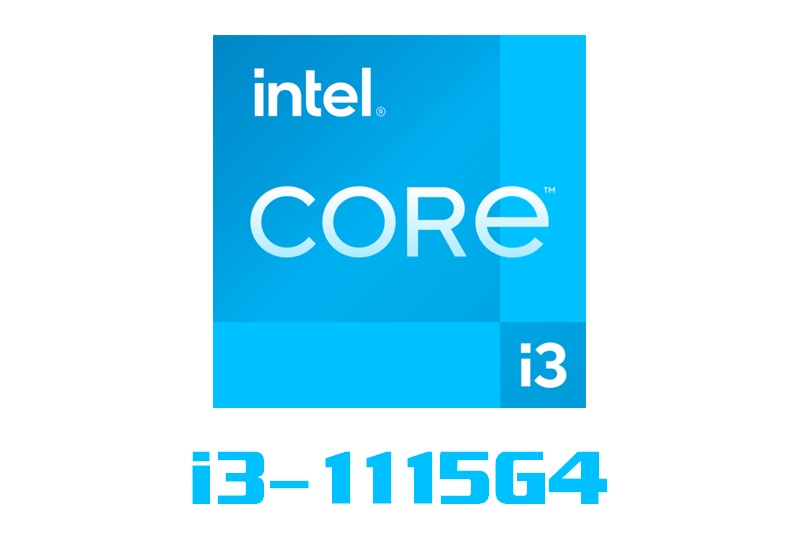

Version 8 (Tiger Lake, Rocket Lake, Alder Lake, Raptor Lake) The Tiger Lake (microprocessor), Rocket Lake, Alder Lake & Raptor Lake adds VP9 12-bit & 12-bit 4:4:4 hardware decoding and HEVC 12-bit 4:2:0, 4:2:2 and 4:4:4 hardware decoding. HEVC hardware encoding quality has also been improved. Version 7 (Ice Lake) The Ice Lake (microprocessor) adds VP9 4:4:4 decoding, VP9 encoding (up to 10-bit and 4:4:4), HEVC 4:2:2 and 4:4:4 decoding and encoding, HDR10 Tone Mapping and Open Source Media Shaders.
#INTEL I3 QUICKSYNC FULL#
Version 6 ( Kaby Lake, Coffee Lake, Whiskey Lake, Comet Lake) The Kaby Lake, Coffee Lake and Comet Lake microarchitecture adds full fixed-function H.265/HEVC Main10/10-bit encoding and decoding acceleration and full fixed-function VP9 8-bit and 10-bit decoding acceleration and 8-bit encoding acceleration. Version 5 ( Skylake) The Skylake microarchitecture adds a full fixed-function H.265/HEVC main/8-bit encoding and decoding acceleration, hybrid and partial HEVC main10/10-bit decoding acceleration, JPEG encoding acceleration for resolutions up to 16,000×16,000 pixels, and partial VP9 encoding and decoding acceleration. Also, it has two independent bit stream decoder (BSD) rings to process video commands on GT3 GPUs this allows one BSD ring to process decoding and the other BSD ring to process encoding at the same time. Version 4 ( Broadwell) The Broadwell microarchitecture adds VP8 hardware decoding.
#INTEL I3 QUICKSYNC DRIVER#
An open-source hybrid driver was developed which supports partial VP8 encoding and VP9 decoding acceleration under Linux by utilizing both the integrated GPU and CPU. Version 3 ( Haswell) The Haswell microarchitecture implementation adds H.262/MPEG-2 Part 2 encoding acceleration. Version 2 ( Ivy Bridge, Bay Trail) The Ivy Bridge microarchitecture included a "next-generation" implementation of Quick Sync. It adds H.264/AVC encoding and VC-1 decoding acceleration. Version 1 ( Sandy Bridge) Quick Sync was initially built into some Sandy Bridge CPUs, but not into Sandy Bridge Pentiums or Celerons.

The older Clarkdale microarchitecture had hardware video decoding support, but no hardware encoding support it was known as Intel Clear Video. Quick Sync was first unveiled at Intel Developer Forum 2010 (September 13) but, according to Tom's Hardware, Quick Sync had been conceptualized five years before that. Main article: Intel Graphics Technology § Capabilities (GPU video acceleration) Ī 2012 evaluation by AnandTech showed that QuickSync on Intel's Ivy Bridge produced similar image quality compared to the NVENC encoder on Nvidia's GTX 680 while performing much better at resolutions lower than 1080p. However, Quick Sync could not be configured to spend more time to achieve higher quality, whereas x264 improved significantly when allowed to use more time using the recommended settings. The eighth annual MPEG-4 AVC/H.264 video codecs comparison showed that Quick Sync was comparable to x264 superfast preset in terms of speed, compression ratio and quality ( SSIM) tests were performed on an Intel Core i7 3770 ( Ivy Bridge) processor. Like most desktop hardware-accelerated encoders, Quick Sync has been praised for its speed. Quick Sync Video is available on Core i3, Core i5 & Core i7 processors starting with Sandy Bridge, and Pentium processors starting with Haswell, Celeron processors do not feature Quick Sync Video.


 0 kommentar(er)
0 kommentar(er)
